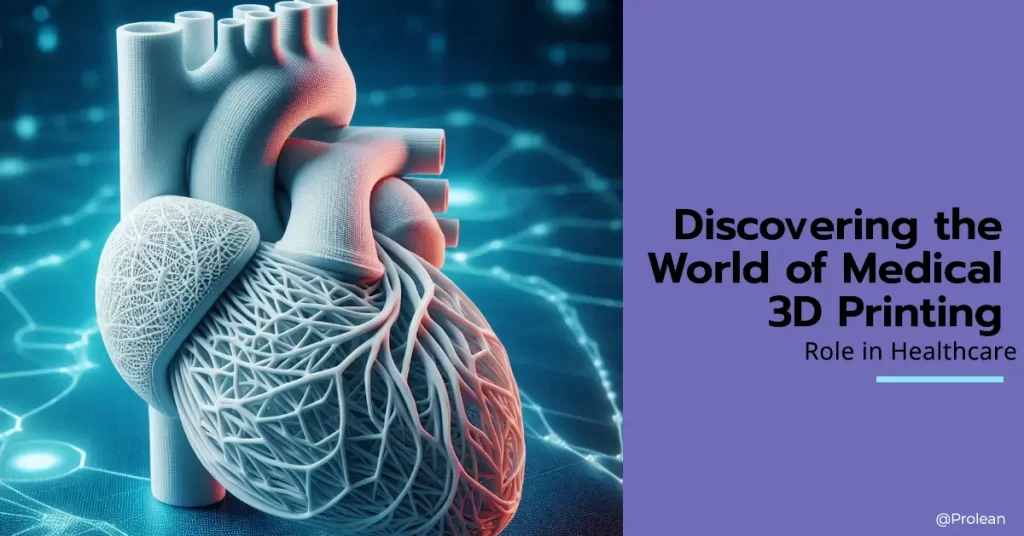
Major shifts are occurring in the healthcare sector. 3D printing in the healthcare industry is leading the way. Patient care is being transformed by this technology. Personalized options are available for a wide range of medical equipment, including prostheses. 3D printing gives medical professionals the opportunity to build personalized medical gadgets, complicated structures, and surgical planning models. This article will explore the medical 3D printing with its benefits applications and analyze the 3D printings to CNC machining.
What is Medical 3D Printing?
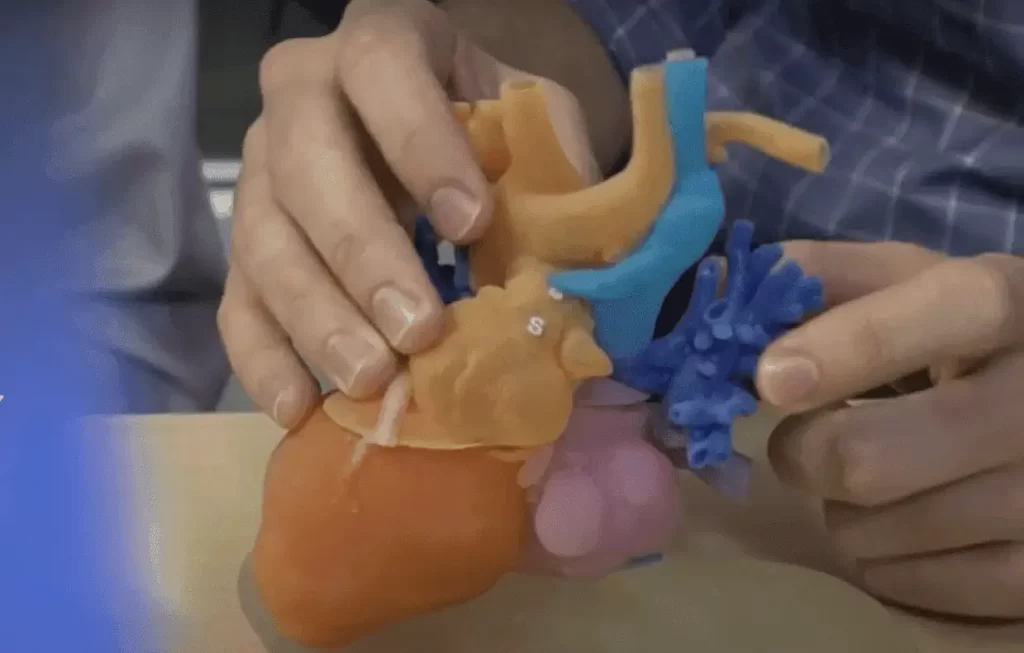
Medical 3D printing uses additive manufacturing to create 3D objects for potential medical applications. They can be either simple tools or complicated 3D-printed prostheses. These are tailored to match the specific needs of each particular patient. When it comes to medical, 3D printing makes use of layered 3d printing materials such as metals, resins, and plastics. It can build challenging structures that would be difficult or expensive to create using conventional techniques.
Try Prolean Now!
How Medical 3D Printing Work?
Process involves the following steps:
1. 3D Model Creation: In the first step a digital 3D model is designed software like CAD. The model is typically derived from medical imaging (CT, MRI) of a patient’s anatomy.
2. Slicing: In the second step designed model is sliced into thin layers using specialized software, generating a set of instructions for the printer.
3. Material Layering: The 3D printer builds the object layer by layer. Depending on the technique, materials such as biocompatible polymers, metals, or bio-inks are deposited in thin layers to create the final structure. Common printing methods include:
| Fused Deposition Modeling (FDM) | It melts and extrudes material to form each layer. |
| Stereolithography (SLA) | SLA uses UV light to harden liquid resin into solid layers. |
| Selective Laser Sintering (SLS) | A laser fuses powdered material layer by layer. |
4. Post-Processing: After printing is finished, the object is passed through finishing processes like cleaning, curing, or sterilization, especially for medical implants or devices. The principle centers on precise, layer-by-layer deposition of material to create highly accurate, patient-specific medical models, implants, or devices.
Benefits of 3D Printing in the Medical Industry
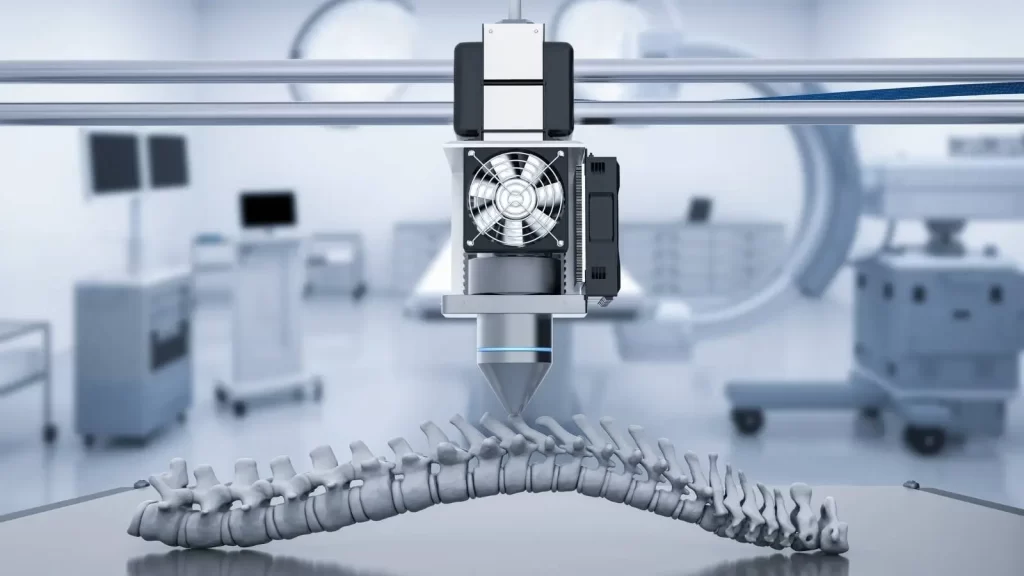
3D medical printing technologies-
There are several advantages that may be achieved by using 3D printing in the medical industry. Medical 3D printing makes it possible to manufacture medical equipment and prosthetics that are tailored to the unique needs of individual patients, hence enhancing the sense of comfort, functionality, and fit.
For surgical procedures, this might be used to depict organs or other elements of the body. It has the potential to produce implants and prostheses of superior quality in comparison to conventional manufacturing processes.
The cost-effectiveness of 3d printing vs injection molding provides a more cost-efficient alternative for limited production runs of extremely complicated objects, which might be more costly to manufacture using injection molding.
Due of its rapid prototyping, medical 3D printing may be able to assist research institutes and manufacturers of medical devices in improving their designs and procedures at a lower cost.
It is easier for physicians to make decisions when they have access to 3D visualization and the study of complicated anatomy. Therapeutic anatomical and pathological understanding are both improved by the use of 3D printed models. Models are used in the testing of implants and medical devices, as well as in surgical simulation.
In contrast to more conventional approaches, 3D printing allows for the speedy production of medical equipment, which in turn brings a reduction in the amount of time that patients have to wait.
Hence, medical 3D printing has the potential to improve the success rate of treatments, the comfort of devices, and surgical planning models. Consequently, this indicates that it is possible to tailor devices to precisely match the body of a patient, which has the potential to increase the percentage of successful treatments while making the device simpler to use.
Applications of 3D Printing in Medical Industry
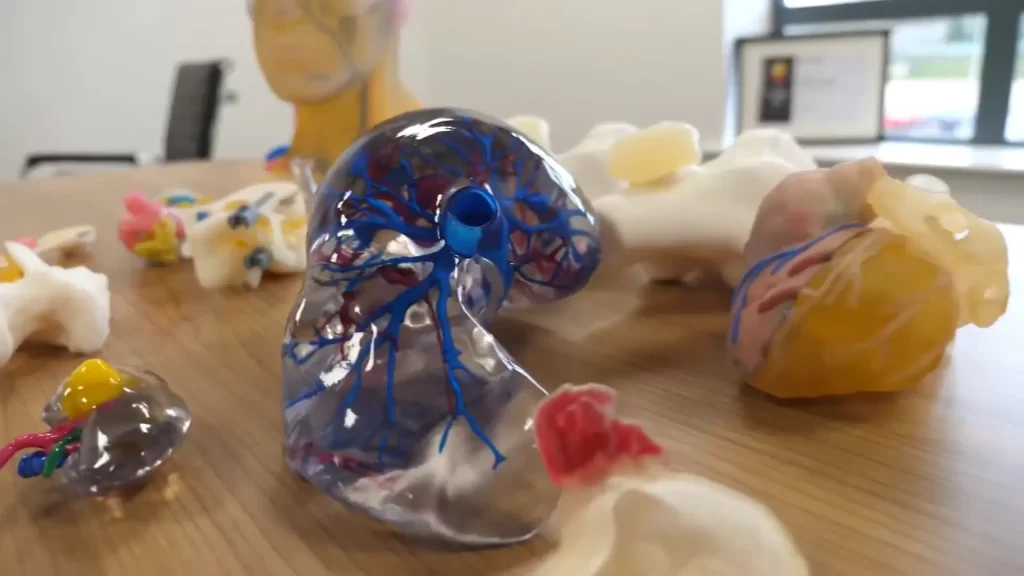
3D printed medical items
The medical field may be totally changed by 3D printing technology. A few possible medical industry applications for 3D printing are as follows:
- Customized medical implants: Implants and prostheses are best made from biocompatible 3d printing plastics as they are suitable to use inside. Medical implants might be 3D printed to match each patient’s need. This may reduce the need for costly operations to install generic devices.
- Orthopedic implants: Orthopedic implants often make use of metals because of their strength and durability. For the creation of organ or soft tissue models, flexible 3d printing materials are ideal. Medical 3D printing can solve anything from temporary implantation to permanent 3D printed prosthesis due to a variety of 3d printing materials.
- Tissues and Biomedical technology: 3D printing creates artificial tissues and parts. This might restore broken organs and tissues or make tissues suitable for transplant.
- Prostheses: 3D printing can make customized prostheses for each patient. This might enhance 3D printed prosthesis function and appearance and save costs.
- Medical research: 3D printing can build disease models for studies. This might help researchers create better disease treatments, teach students about the body, and construct medical training models.
3D Printed Prostheses
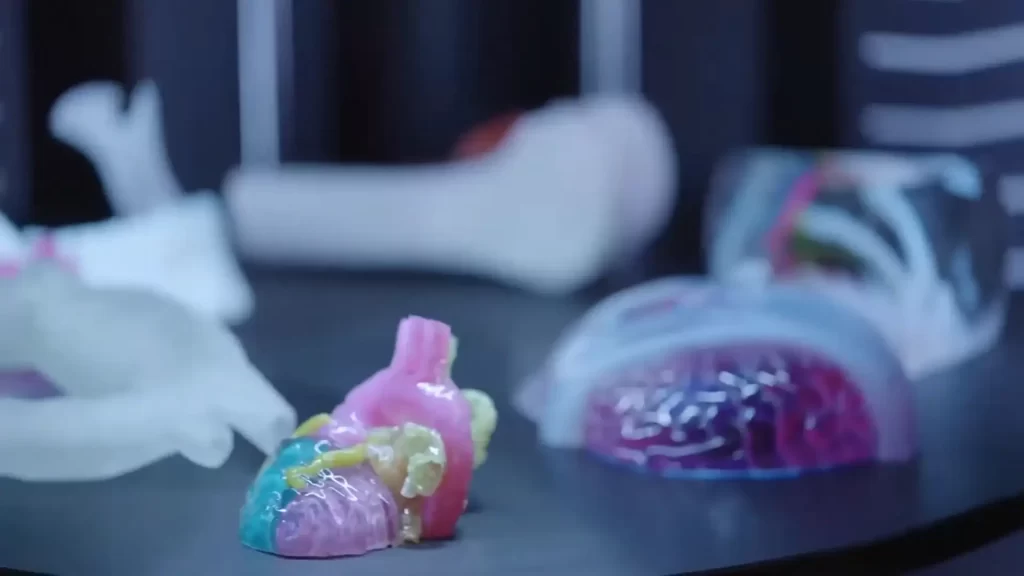
3D printed medical model
The creation of individualized prostheses is one of the most exciting applications of this technology in 3D printing in the healthcare industry. On the other hand, 3D-printed prostheses are customized to meet the precise requirements of each individual patient, in contrast with traditional prosthetics that are often produced in large quantities and do not fit well. As a result, the patient will have a better fit, enhanced mobility, and increased contentment.
3D Printing vs CNC Machining
The use of 3D printing vs CNC machining represents a major benefit as it involves the production of precise medical equipment. Due to the fact that CNC machining is a subtractive process, that involves removing material from a block in order to produce an item, it often has limitations. On the other hand, 3D printing in the medical industry generates things layer by layer, allows for more complicated designs, and reduces the amount of material waste. Because of this, 3D printing medical devices is especially well-suited for the creation of medical tools and complex devices.
Try Prolean Now!
The Future of Medical 3D Printing
There is a growing number of possible uses for 3D printing in the medical profession as it continues to exhibit innovations. Future developments in 3d printing in medicine include printing organs for transplantation, personalizing medicines, and enhancing 3d printing medical devices. This move toward more tailored yet effective medical services reflects 3D printing in medicine’s rising relevance in transforming healthcare.
Final Thought
Custom 3D printing has a great deal of potential in the healthcare industry, particularly in the production of very complicated medical devices and tools that may be used at the point of treatment. This technology makes it possible to develop accurate, patient-specific solutions that improve treatment results and revolutionize the medical industry around the globe.

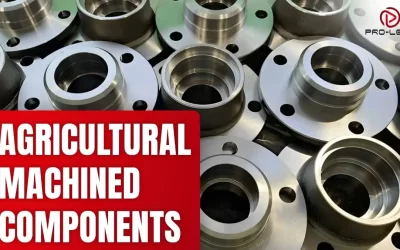

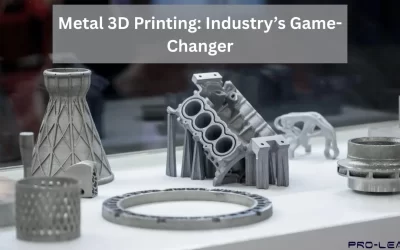
0 Comments